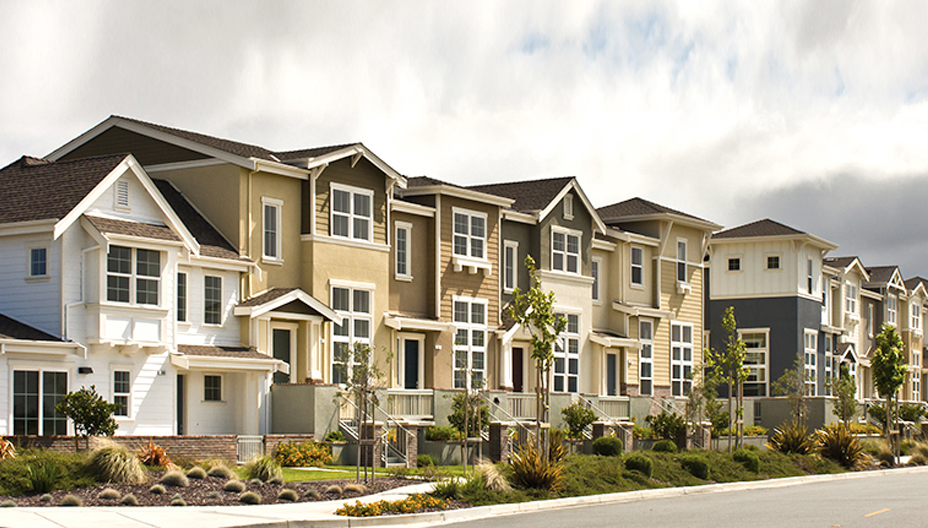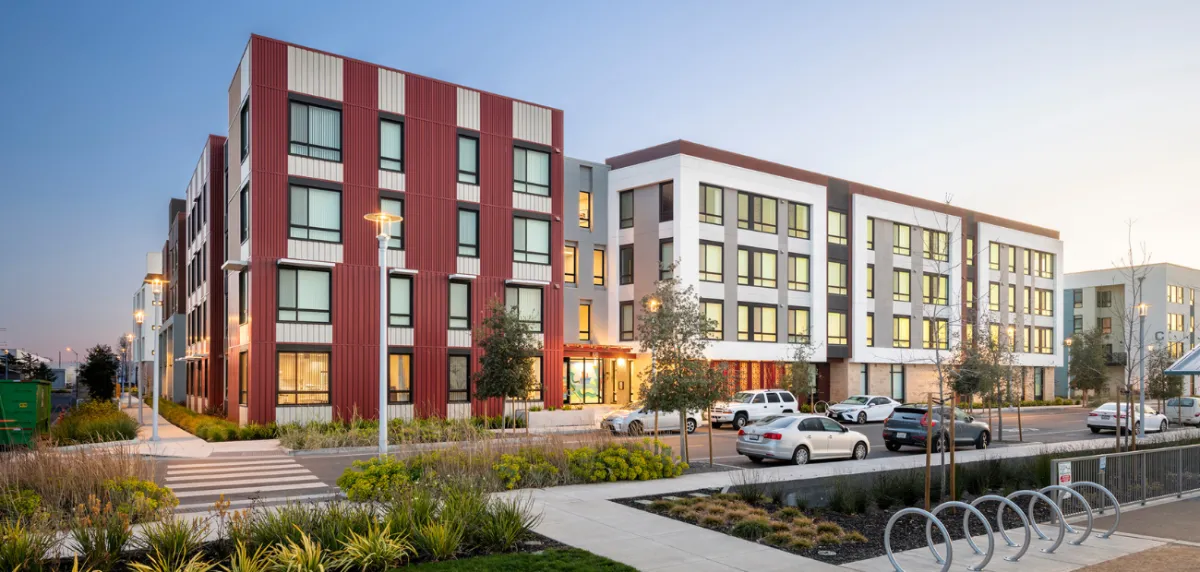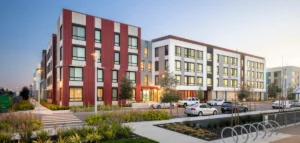The pandemic will likely catalyze growth in lower-density suburban markets and in affordable markets.
By Kelsi Maree Borland | October 15, 2020 at 07:00 AM
For decades, major cities have ruled with real estate growth focused in dense-urban areas conducive to live-work-play lifestyles, public transit and walkability. However, this decades-long urban renaissance may be coming to an end, or at least slowing down. The Emerging Trends in Real Estate 2021 report from PwC and the Urban Land Institute predicts that real estate demand may shift to favor lower-density suburbs and more affordable housing markets as a result of the COVID-19 pandemic.
Suburban locations are already well positioned to replace urban markets with many already offering urban-style amenities, like culture as well as serving as centers for finance and government. With an increased focus on lower-cost housing, quality school systems and space, suburban markets are able to offer a wealth of benefits to prospective residents. This could lead to a trend of fiscal challenges in urban areas with an increase in revenue in the suburbs following the pandemic.
This would be a major shift in population dynamic, to say nothing of the changes real estate must make in response. Since the 1990s, small metropolitans and the urban core have accounted for at least 60% of the population in the US. Large suburban markets have accounted for 22% to 25% in US population, with small increases in suburban population over the last two decades. Baby boomers, gen-X and millennials have all driven the growth of urban markets and set off widespread market trends, like a preference for experience, smaller environmental footprint and better public transportation options. Employers, retailers and other commercial assets have all followed these trends, moving operations to urban markets.
PwC and the Urban Land Institute conclude that the pandemic will likely stunt urban population growth and fuel a trend already pegged as the Great American Move. This includes a move from the urban core to both the suburbs as well as smaller metropolitan cities. While the pandemic certainly has made suburbs more attractive, other trends have made it a reality, namely work-from-home models, which have helped to give people more options about where they can live. Millennials, particularly those starting a family, are driving the trend to move to the suburbs, but baby boomers and gen-X are also actively pursuing suburban locations.
Gen-Z, however, could be one bright spot for urban renewal. Surveys show that this demographic will likely follow previous trends that favor urban metros for all of the same reasons as previous generations: culture, walkability, public transit and opportunity.
It should be noted that Gen-Z is smaller than previous generations, with only 67 million compared to the 72 million of millennials and they will have unique needs and demands for housing, office and retail—all of which could require yet another adjustment for the commercial real estate market.












